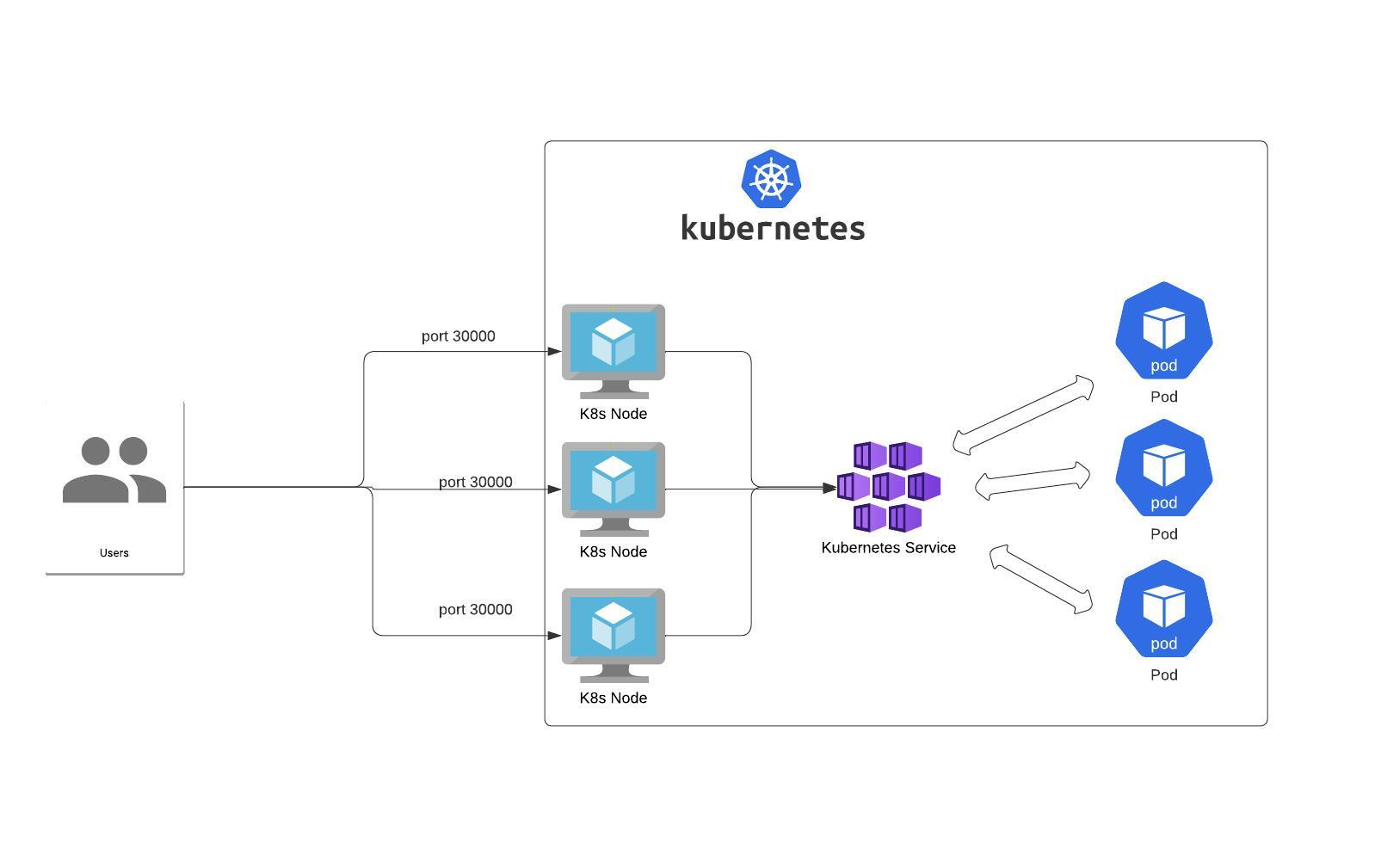Day 33: Working with Namespaces and Services in Kubernetes
 Yashraj Singh Sisodiya
Yashraj Singh SisodiyaA Deep Dive into Namespaces and Services
Kubernetes, often abbreviated as K8s, has revolutionized the world of container orchestration, providing a robust platform for managing containerized applications at scale. Two fundamental concepts in Kubernetes, Namespaces, and Services, play pivotal roles in organizing resources and enabling communication within the cluster. Let's unravel the mysteries behind Namespaces and Services and understand how they shape the Kubernetes ecosystem.
Understanding Namespaces:
Namespaces serve as virtual clusters within a Kubernetes physical cluster, offering a logical separation of resources. They provide a way to partition cluster resources between multiple users or applications, preventing naming conflicts and offering isolation.
Imagine Namespaces as distinct territories within a vast city, each housing its own set of resources and inhabitants. Similarly, Kubernetes Namespaces encapsulate Pods, Deployments, Services, and other resources, providing a dedicated environment for each application or team.
Task 1: Creating a Namespace for Your Deployment
Today, let's embark on a hands-on journey to create a Namespace for our Deployment in Kubernetes.
Create a Namespace:
Use the command
kubectl create namespace <namespace-name>to create a Namespace. Replace<namespace-name>with your desired Namespace identifier.Update Deployment YAML:
Modify the deployment.yaml file to include the Namespace specification. This ensures that your Deployment resides within the designated Namespace.
Apply Deployment:
Apply the updated deployment using the command:
kubectl apply -f deployment.yml -n <namespace-name>. This command deploys your application resources into the specified Namespace.Verify Namespace Creation:
Check the status of Namespaces in your cluster to verify that the Namespace has been successfully created. You can use
kubectl get namespacesto list all Namespaces in the cluster.
Exploring Services in Kubernetes:
Services play a crucial role in Kubernetes networking, facilitating communication between various components within the cluster and exposing applications to external traffic.
In Kubernetes, a Service acts as an abstraction layer that enables dynamic load balancing and service discovery for Pods. It ensures seamless communication by providing a stable endpoint through which external clients can access the application.
Task 2: Learning About Services, Load Balancing, and Networking
Your journey into Kubernetes wouldn't be complete without delving into Services, Load Balancing, and Networking. Take some time to explore the official Kubernetes documentation, where you'll find comprehensive resources and guides on these topics.
By understanding Services, Load Balancing, and Networking in Kubernetes, you'll gain insights into how applications communicate and scale within the cluster, paving the way for robust and resilient deployments.
In conclusion, Namespaces and Services are foundational concepts in Kubernetes, empowering users to organize resources efficiently and enable seamless communication within the cluster. As you continue your Kubernetes journey, mastering these concepts will unlock new possibilities in orchestrating containerized applications at scale.
Stay curious, keep exploring, and let Kubernetes empower your containerization endeavors!
Happy containerizing!
Kubernetes service:

Networking:

Load balancing:

In this blog post, we've explored the fundamentals of Namespaces and Services in Kubernetes, delving into their significance and practical implementation. Whether you're a beginner or an experienced Kubernetes user, mastering these concepts is essential for orchestrating containerized applications effectively.
Subscribe to my newsletter
Read articles from Yashraj Singh Sisodiya directly inside your inbox. Subscribe to the newsletter, and don't miss out.
Written by

Yashraj Singh Sisodiya
Yashraj Singh Sisodiya
I am Yashraj Singh Sisodiya, a 3rd Year CSE student at SVVV, born and raised in Shujalpur. Currently residing in Indore, I'm passionate about pursuing a career in DevOps engineering. My tech journey began with an internship at Infobyte, honing my skills as an Android Developer intern. Alongside my academic pursuits, I actively participate in co-curriculars, holding roles as Technical Lead at Abhyudaya and Cloud Lead at GDSC SVVV, while also serving as an MLSA of my college. I have a keen interest in Cloud Computing, demonstrated through projects such as User management and Backup using shell scripting Linux, Dockerizing applications, CI/CD with Jenkins, and deploying a 3-tier application on AWS. Always eager to learn, I'm committed to expanding my knowledge and skills in the ever-evolving tech landscape.